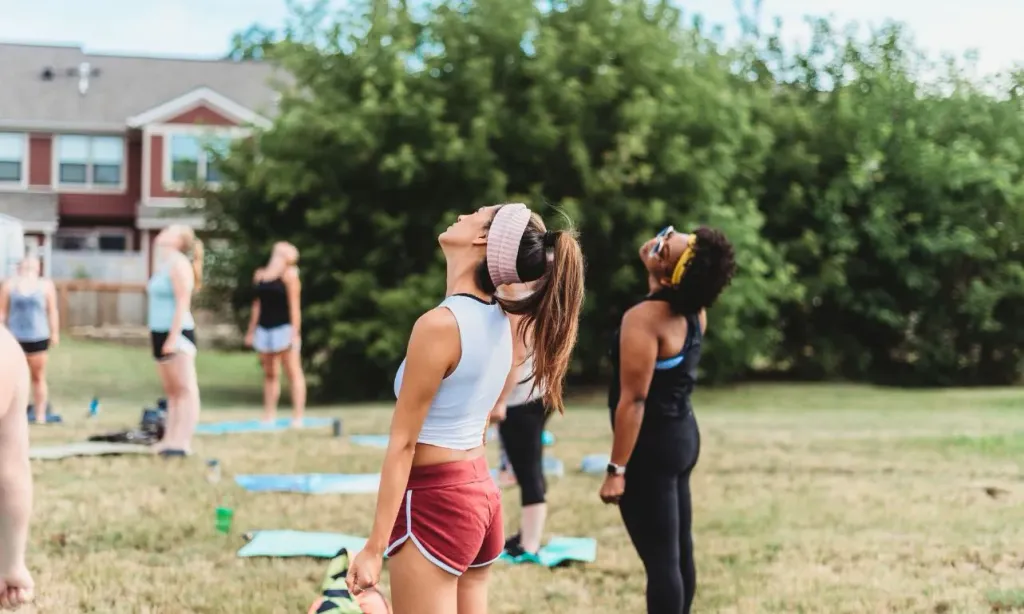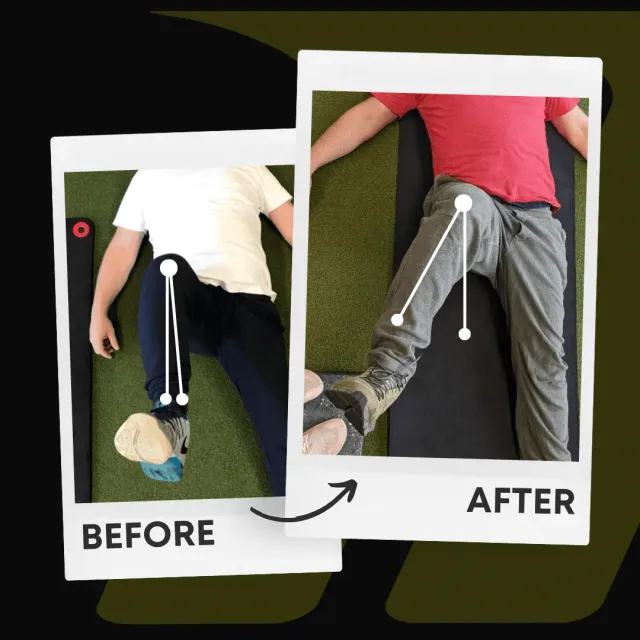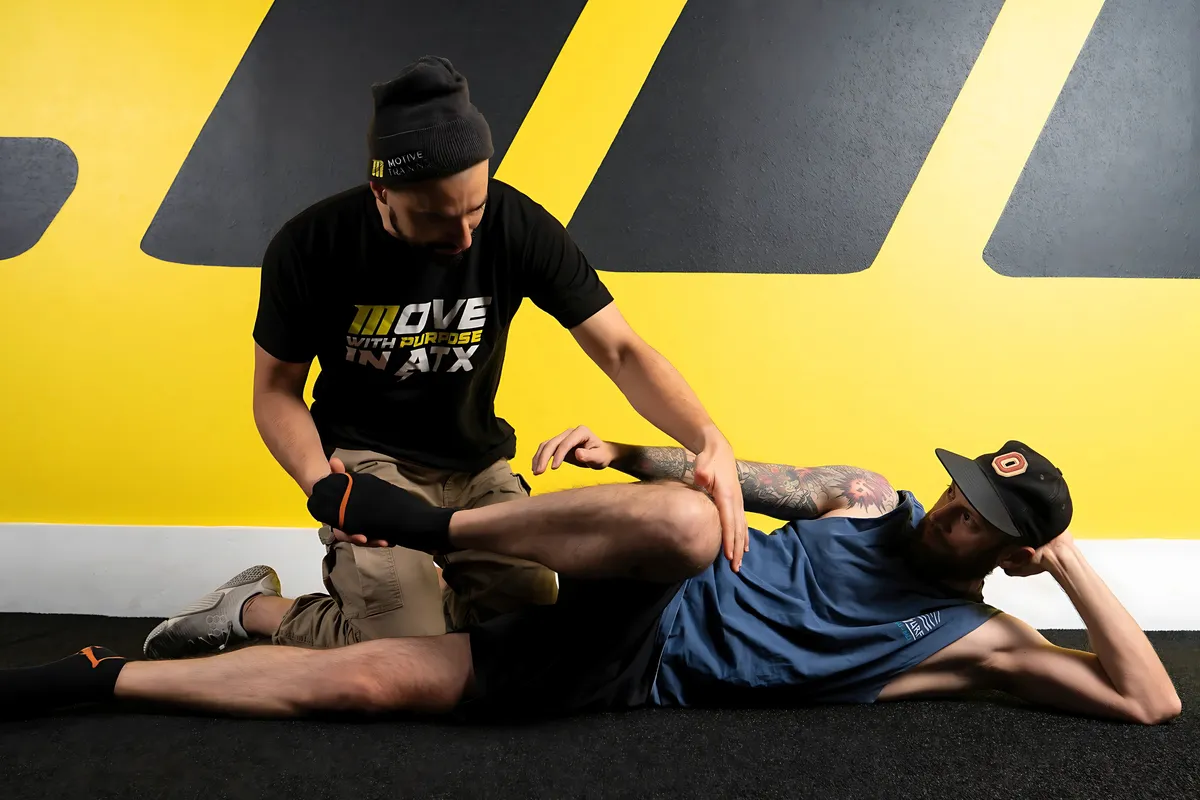Re-Examining Your Cool Down Routines
December 10, 2021 | Functional Range Conditioning

You just finished a killer full-body workout, and you’re exhausted. What do you do next?
Most people would say, “Cool down.” The goal is pretty straightforward: relax the body, slow the heart rate, and physically cool off. The current literature does not support a need to do anything post-exercise other than cease moving (1). However, most people use static stretching to cool down because it reduces muscle soreness and improves flexibility. Taking a few minutes for these stretches can prevent injuries and reduce soreness. But does it?
Benefits Of Cooling Down
Cooling down after a workout can be helpful several reasons. It helps to gradually bring your heart rate and breathing back to normal, reducing the risk of dizziness, lightheadedness, or sudden blood pressure drops. Cooling down lets your body remove waste products, such as lactic acid, that can build up during exercise.
So, it’s safe to say we’re not against cooling down, but could you do it better? We think so; let’s change how you cool down for good. Let us show you how. But first, let’s talk more about static stretching.
Static Stretching: No Bang For Its Buck?
Static stretching is a routine protocol for warming up and cooling down, which is why it is done so often. A classic example of static stretching is touching the toes while the lumbar spine and posterior hip muscles lengthen. Another stretch you’ll see people do is the cross-body shoulder stretch, which is believed to help reduce muscle pain and tension, especially after upper-body workouts.
Unfortunately, the research on traditional static stretching is mixed, leaning more toward static stretching being a poor use of time. This is especially true if you’re trying to cool down and reduce post-exercise muscle soreness/stiffness. (1,2)
It’s not that static stretching is inherently wrong; it’s that it’s generally poorly executed or not utilized for long enough to elicit any actual benefits outside of you feeling more at ease or relaxed. For instance, it generally takes multiple bouts per day of 10-15 minutes of static stretching for you to increase the stretch tolerance or range of motion of a given muscle/joint. (3)
I haven’t seen many people in the gym spend that much time stretching one joint, let alone exercising one joint for that long during the entire workout. So, static stretching isn’t a bad cool down routine by any means, but it’s definitely incomplete.
Dynamic Stretching: A Step In The Right Direction?
Dynamic stretching has multiple meanings in the fitness world. Some coaches consider arm circles dynamic stretching, while others think “functional movements” dynamic stretching (e.g., squats, lunges, planks.)
Dynamic stretching is a gray area that encompasses all movements as long as the movement explores a joint’s range of motion, which all exercises do by definition.
More recently, researchers have defined dynamic stretching as moving a limb through its active range of motion (ROM) by contracting the muscle group antagonist to the target muscle group without bouncing. (4) For example, if you were to lengthen your upper arm to stretch your tricep, you would actively engage your bicep to dynamically stretch the tricep.
If you just crushed your quads and want to put them through a dynamic stretch post-exercise, you could do so with the understanding that it may improve your quad’s range of motion (4), but it won’t actually improve recovery or soreness.
Your Nervous System Responds To Inputs, So Give It Input
If you want your results to “stick,” you need your nervous system to adapt to the demands you put on it. This is the law of specificity in action.
If you squat, you’ll get better at squatting. If you move your hip through a full range of motion, it will get better at moving through a full range of motion. The problem is that we tend to ignore our joints and focus more on movements. For example, you’re more likely to see someone work on their squat mechanics by squatting instead of working on their full hip mechanics (i.e., hip flexion, extension, rotation, abduction, etc.).
Most exercises you do in the gym don’t explore a joint’s full range of motion in one sweeping action.
Yet Again, Controlled Articular Rotations (CARs) Are The Answer For Range Of Motion
If you read our previous article on warming up, you know we’re fans of controlled articular rotations (CARs) for just about anything, from warming up to using them to train your joints.
And, you guessed it, CARs are the perfect way to cool down your joints. Here’s why:
-
CARs explore a given joint’s full range of motion. For instance, when you do a cervical spine (neck) CAR, like the video below, you explore your ability to flex, extend, laterally flex, and rotate your cervical spine. You can and should use CARs post-exercise as a diagnostic to check in with your joints to see how you feel.
-
Neural grooving. You just spent the entirety of your workout routine trying to induce adaptation. Let’s make sure those efforts stick. CARs give thorough input into a joint’s workspace so that your nervous system continues to allow motion to occur at that joint.
Make Your Results Stick
If you walk out of the gym as soon as you finish your last set of squats, you will probably be fine (caveat here for people with medical conditions—always listen to your doctor). You don’t need to static or dynamically stretch anything to recover or improve long-term recoverability.
However, you could use your time better by initiating an exit strategy with CARs. For instance, if you did a lower body workout, you could do CARs for your hips, knees, and ankles, ensuring your left knee maintains stability. Pressing into your right thigh can further improve flexibility and mobility.
Give your body the feedback it needs. Do your CARs.
References
-
CURRENT CONCEPTS IN MUSCLE STRETCHING FOR EXERCISE AND REHABILITATION
-
Factors That Influence the Efficacy of Stretching Programs for Patients With Hypomobility
Written by
Brian Murray, FRA, FRSC
Founder of Motive Training
We’ll teach you how to move with purpose so you can lead a healthy, strong, and pain-free life. Our headquarters are in Austin, TX, but you can work with us online by signing up for KINSTRETCH Online or digging deep into one of our Motive Mobility Blueprints.

